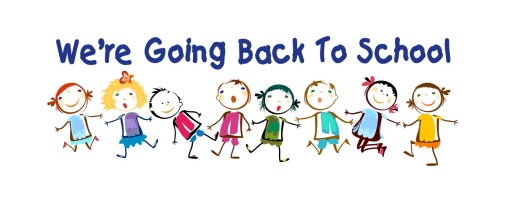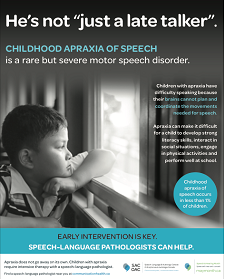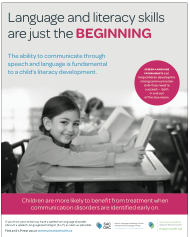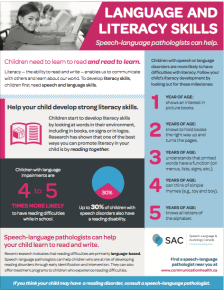You’re on your way to work, and the morning has already been difficult. The kids had to be dragged out of bed and cajoled to the bus stop (two minutes late again, making the annoyed bus driver wait). Your spouse was in a bad mood and spoke curtly to you on your way out the door. You just heard that your father’s illness has gotten worse. And that knocking sound you’re hearing from your engine can’t be good.
The car stops dead on the side of the road. It’s got to be -30 degrees outside, not accounting for wind chill. Now you’re definitely going to be late. You make the first of several phone calls to get your vehicle towed and fixed, your classroom supervised, and your butt to work.
By the time you enter the classroom, you could cry at the drop of a hat. And then the boisterous kid in your room purposely drops his hat off the side of his desk, and the students around him burst out laughing. All in all, a great way to start your day. How is your thinking, your responding, and your teaching style going to be impacted by the state of your heart?
We’ve all had difficult days (heck, sometimes difficult months, or years) … how is that at these times, we still have the capacity to go about our professional day, and even do an alright job? The answer lies in emotional regulation – the capacity to self-calm. This is a higher-level brain function and one that often requires substantial cognitive effort.
So what about the twenty kids in your care? How was each of their mornings? Often, we’re all too aware of our own emotional difficulties but blind to those of the kids in our classrooms. We have no idea how Sabrina’s father being released from prison is affecting her ability to think straight (let alone learn), or how Brad’s parents have been fighting a lot lately, and he can’t stop thinking about the word “divorce.”
It seems that more and more kids are being exposed to family disruption, trauma, and emotional difficulties than ever before. What is their emotional state when they enter your classroom or sit down to that unit test?
Emotional regulation is essentially how we are able to control our feelings – when and how we feel them, and how we express them. In school, poor emotional regulation impacts your students’ ability to learn, interact with their peers (and you), focus their attention, initiate tasks, and sustain effort. They will often be impulsive, rigid, and delay getting down to work.
Neurologically, there is a complex interplay at work. The child’s amygdala interprets most types of environmental stress as a threat. This triggers a biological safety response: the heart rate increases, blood pressure rises, and the brain encourages a behavioural response. How the child then responds makes all the difference.
So how do we develop children’s emotional regulation? There is bad news and good. First, the bad news. Some of the most powerful emotional regulation variables are out of our control: a child’s historical relationship with their parents or guardians, their history of trauma or adverse childhood events, and their temperament can all heavily impact their ability to self-soothe and control their emotions. But the good news: the third primary component are skills and strategies, which can be taught.
Primary teachers will help their students’ emotional regulation, first and foremost, by building healthy, supportive relationships with them. Students who experience their early teacher relationships as caring, trusting, and relationally responsive tend to engage in more free exploration, which sets the stage for academic and cognitive skills. Relationships with teacher in the first years impact how students view their teachers all the way into middle school.
Practice responding to your students’ poor behaviour with a calm and measured tone of voice and posture, rather than a heightened and aggravated tone that may stop the behaviour momentarily, but tends to exacerbate the problem over the long term. Monitor your facial expressions and nonverbal communication to be sure your conversation is absent of judgment of the child and behaviour, but simply describes the behaviour and
Rather than time-out (which can cause a student to feel isolation and relational rejection), try “time-ins,” in which the student is placed in closer proximity to the teacher, where he can feel the affirming presence of the teacher while calming down (perhaps close to the teacher at the front of the room, but off to the side so he is not the center of attention). Use language that promotes self-regulation, rather than distracting or squelching (e.g., “You’re angry right now, and it’s time for you to cool down a little. You may need to go to the sensory room, and try some heavy work and your slow breathing. “) Use gentle eye-contact and simple, non-threatening language. Acknowledge the child’s emotion and offer strategies while positioned at a safe and respectful proximity from the child.
Secondly, educators can help by teaching the necessary language-based skills, including simply talking about emotions, helping to identify and label them, and then teaching a variety of coping strategies for dealing with these emotions. Emotionally, children most saliently learn how to respond to emotions by watching the adults around them, so demonstrating healthy coping and responding to your own stress and various emotions will be paramount. Research tells us that when emotional regulation strategies are taught in the classroom, students are more likely to show improved behavioural control, social interaction with peers, and less off-task behaviours. Teaching social and emotional skills will improve your students’ academic success.
There are 3 developmental stages to the process.
1. Feelings identification. One effective strategy to teach emotion-identification is people-watching. Having students observe others from an objective perspective, identify their possible feelings, and discuss their different reactions will help children identify and regulate their own emotions. This activity can also develop a child’s empathy and perspective-taking skills. Teachers can frequently identify their own emotions (in healthy ways), or those of characters in books, or even those of the students themselves (e.g., “I notice that you are frowning and your forehead is wrinkled, Paisley. I wonder if you’re feeling annoyed or angry.”) Teaching “feelings” words and using them in moment-to-moment interactions gives children the language they need to “own” their feelings.
2. Understanding what causes the emotions. Learning to identify their own feelings can then help children begin to understand what causes these emotional experiences. Using language to respond to emotions engages the child’s prefrontal cortex, allowing it to override the amygdala and limbic system (the emotional lid-flipping areas of the brain).
3. Coping strategies. Students need to learn that it is okay to feel angry when someone grabs your backpack, but it’s not okay to hit them for it. Help them identify problem-solving strategies for when they feel angry. Create prompt cards for these strategies, and rehearse healthy coping strategies.
Each of these stages can be learned, and can be explicitly taught and modeled, which will help afford your students the chance to soothe themselves, reduce their own heightened emotions, and return to a calm state of mind and heart for the most effective learning.
For further reference and more ideas, please see the article that can be found at:
- Greg Godard, Reg. Psychologist




 Prevent, Protect, Act
Prevent, Protect, Act



